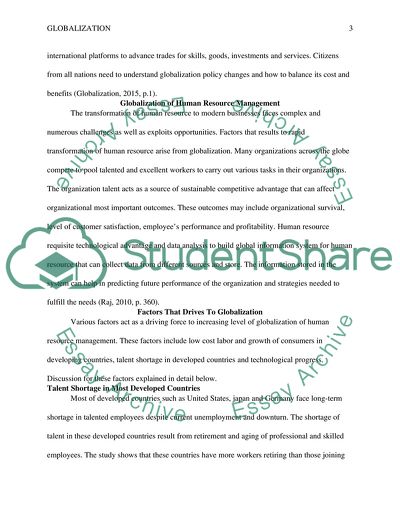Cite this document
(Globalisation Essay Example | Topics and Well Written Essays - 3000 words - 2, n.d.)
Globalisation Essay Example | Topics and Well Written Essays - 3000 words - 2. https://studentshare.org/human-resources/1869617-globalisation
Globalisation Essay Example | Topics and Well Written Essays - 3000 words - 2. https://studentshare.org/human-resources/1869617-globalisation
(Globalisation Essay Example | Topics and Well Written Essays - 3000 Words - 2)
Globalisation Essay Example | Topics and Well Written Essays - 3000 Words - 2. https://studentshare.org/human-resources/1869617-globalisation.
Globalisation Essay Example | Topics and Well Written Essays - 3000 Words - 2. https://studentshare.org/human-resources/1869617-globalisation.
“Globalisation Essay Example | Topics and Well Written Essays - 3000 Words - 2”. https://studentshare.org/human-resources/1869617-globalisation.


